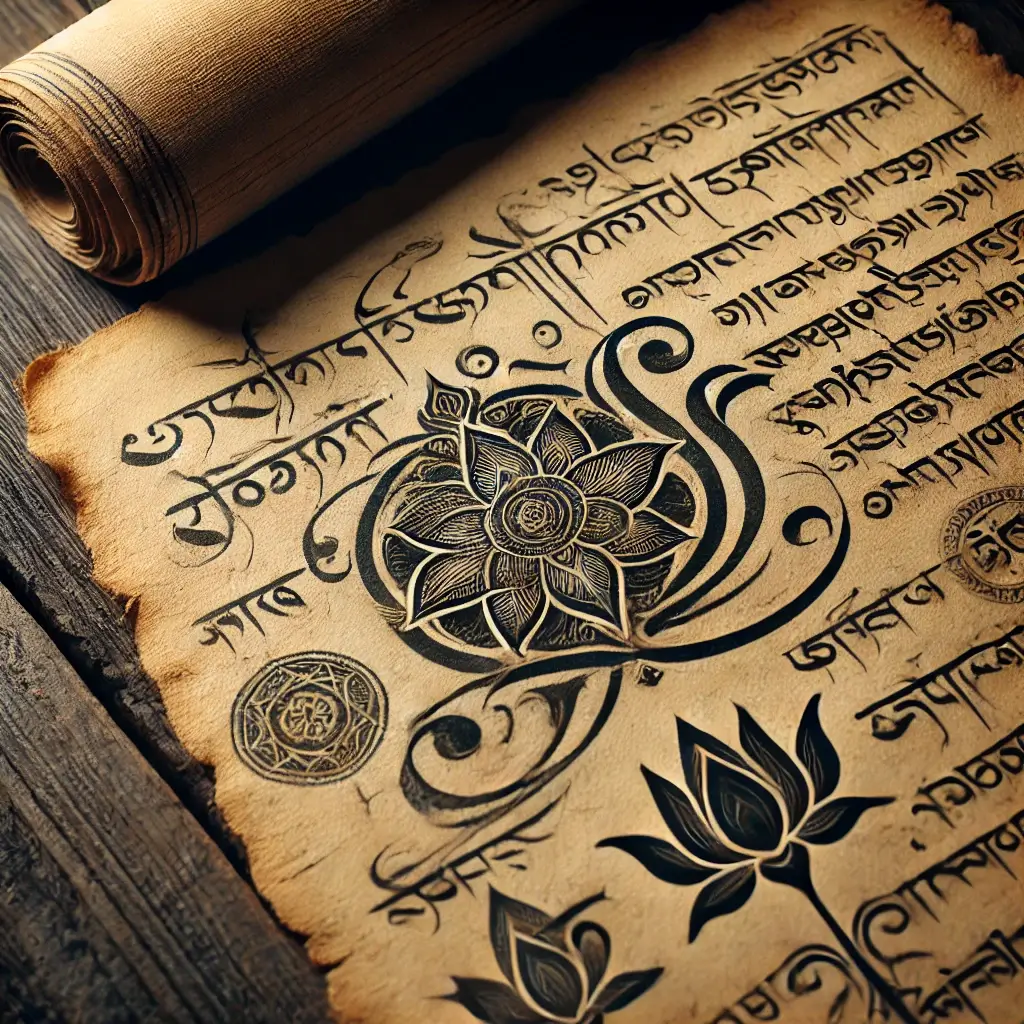The Kamasutra, often misunderstood as merely a manual of sexual practices, is an ancient Indian Sanskrit text that delves into the art of living, relationships, and personal connection. Written by Vatsyayana around the 3rd century CE, this seminal work provides a deep philosophical and cultural insight into human intimacy.
At its core, the Kamasutra explores the concept of Kama, one of the four goals of human life in Hindu philosophy, alongside Dharma (righteousness), Artha (prosperity), and Moksha (liberation). It emphasizes balance and respect, offering guidance not only on physical intimacy but also on emotional and spiritual connection.

The text is divided into seven books, covering various aspects of relationships. From understanding attraction and courtship to the intricacies of maintaining a harmonious partnership, the Kamasutra transcends its reputation as a "sex manual." It reflects a broader cultural narrative of the time, highlighting the roles of gender, love, and societal norms.
Over centuries, the Kamasutra has been translated into numerous languages and adapted across cultures, maintaining its relevance in modern discussions about love and relationships. While certain interpretations focus heavily on its erotic sections, the original text offers a more holistic view of human intimacy and connection.

In today’s world, the Kamasutra continues to inspire. It challenges modern audiences to view intimacy not merely as a physical act but as a profound expression of mutual respect and understanding. Its lessons on communication, consent, and the pursuit of shared happiness remain as relevant now as they were centuries ago.